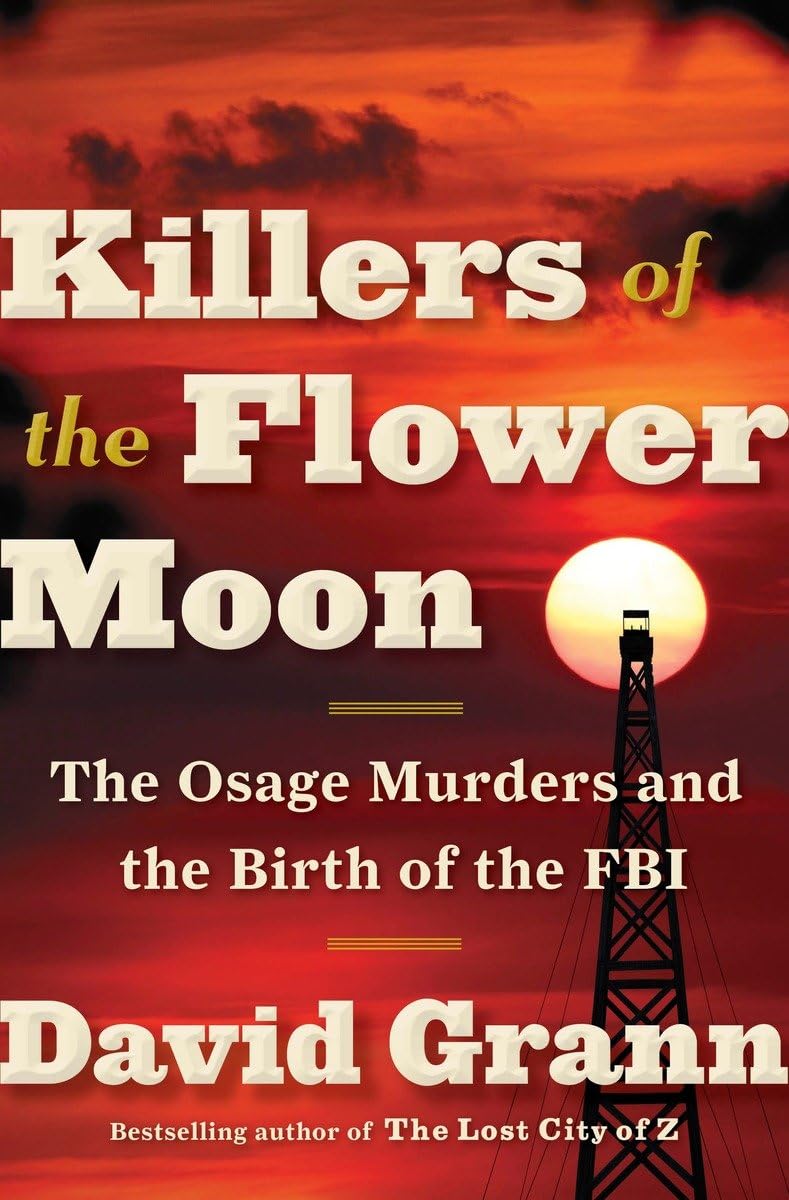Chapter 23: A Case Not Closed
by“A Case Not Closed” revisits the haunting mysteries of the Osage murder cases, shining a light on the unresolved questions that continue to linger decades later. It exposes the gaps in the official investigation and raises new suspicions about the tragic death of W. W. Vaughan and others whose fates remain unclear. Although Hale and his accomplices were convicted for orchestrating several of the Osage murders, their convictions did not bring full closure, as many unanswered questions still persist. Specifically, the responsibility for Vaughan’s murder—and the possibility of additional perpetrators beyond Hale’s inner circle—was never definitively determined. This unsettling reality suggests that other conspirators may have escaped justice, leaving crucial parts of the story untold.
In Oklahoma City, the narrator meets with Martha Vaughan, the granddaughter of W. W. Vaughan, who has spent years delving into her family’s history in search of the truth. With her cousin Melville by her side, she shares extensive research that points to a larger conspiracy surrounding Vaughan’s death, casting doubt on the official narrative that linked it solely to Hale’s criminal enterprise. Their findings suggest that Vaughan may have been targeted because of what he knew—potentially exposing figures who had a financial interest in maintaining silence. The implications of their research are profound, challenging the long-held assumption that Hale and his associates were the only masterminds behind the murders. If Vaughan was killed to suppress incriminating information, then his murder was not merely an extension of the broader Osage killings but an act of premeditated silencing orchestrated by individuals with deeper ties to power and corruption.
The investigation then takes a crucial turn toward H. G. Burt, a man whose financial dealings and proximity to key figures in the Osage scandal make him a person of interest. Burt’s involvement in managing Osage funds, particularly as the guardian of George Bigheart’s daughter, suggests he may have had personal and financial motivations to protect himself. His legal authority over tribal assets placed him in a powerful position, allowing him to manipulate financial transactions with little oversight. This control over Osage wealth—and the questionable activities linked to it—raises the possibility that Burt played a significant role in Vaughan’s demise, whether directly or indirectly. If Vaughan had discovered financial irregularities implicating Burt, it would have given the latter ample reason to eliminate him as a threat.
As the narrator unearths more historical records and testimonies, the suspicions surrounding Burt only intensify. News reports from the era, along with an informant’s account, indicate that Burt was present around the time of Vaughan’s disappearance, suggesting he may have had knowledge of the crime or direct involvement. Given Burt’s deep connections to individuals with vested interests in Osage wealth, his potential participation in Vaughan’s murder fits within a broader pattern of corruption and cover-ups. However, due to the passage of time and the selective retention of legal records, the precise details of his role remain elusive. Even though circumstantial evidence points in his direction, definitive proof that he orchestrated or facilitated Vaughan’s killing remains just out of reach.
This chapter underscores the immense difficulty of untangling historical crimes, especially when evidence was deliberately concealed or destroyed. The narrator grapples with the moral dilemma of implicating Burt without concrete proof, acknowledging the limits of investigative research in uncovering absolute truths. While the available evidence strongly suggests Burt’s involvement, history is rarely so black and white, and the case remains open-ended. Despite the advances made in understanding the Osage murders, many aspects of the case remain unresolved, leaving the victims’ families without the closure they deserve. In the end, the chapter reflects on the larger challenges of achieving justice in crimes that were designed to remain hidden, reinforcing the sobering reality that history often leaves as many questions as it answers.


